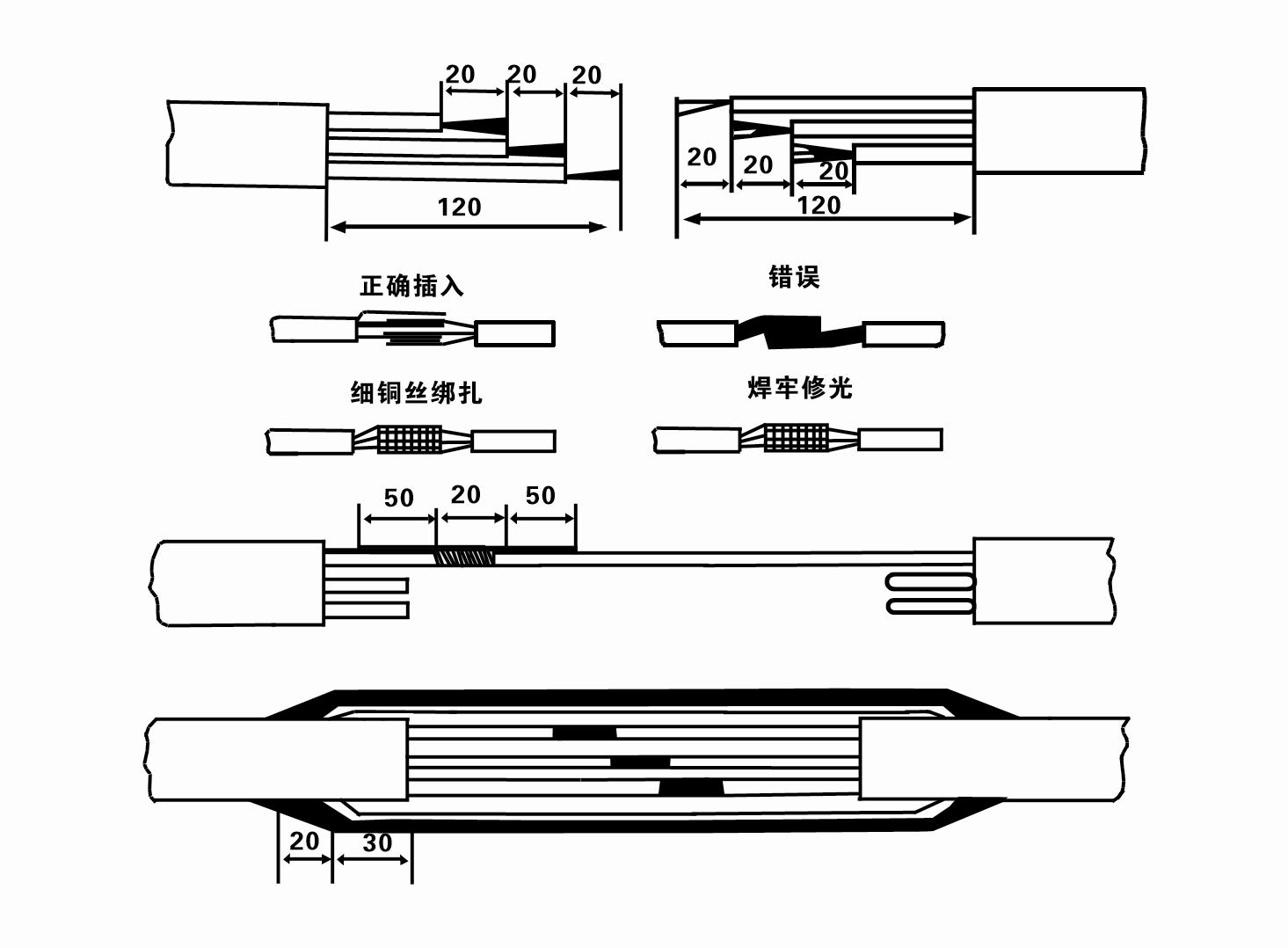Dec . 01, 2024 18:09 Back to list
Durability of Submersible Pumps When Submerged in Water for Extended Periods
How Long Can a Submersible Pump Stay Underwater?
Submersible pumps are a crucial component in various industries and applications, ranging from agriculture to municipal water management and residential uses. The primary function of a submersible pump is to push water or other fluids from a lower to a higher elevation or to drain water from a specific area. Understanding how long a submersible pump can stay underwater is essential for users to maximize the efficiency and lifespan of these devices.
Design and Construction
Submersible pumps are specifically designed to operate underwater. They are typically constructed from materials that can withstand harsh conditions, including corrosion and pressure. The most common materials used in the construction of submersible pumps include stainless steel, cast iron, and thermoplastic. The sealing mechanisms and motor enclosures are engineered to prevent water ingress, allowing the pump to run efficiently while submerged.
The water-resistant design of these pumps enables them to be deployed in depths usually ranging from a few feet to over 4000 feet, depending on the specific pump model and intended use. However, the actual amount of time a submersible pump can remain submerged is influenced by several considerations.
Factors Affecting Operating Time
1. Motor Cooling Most submersible pumps are cooled by the fluid they are pumping. When submerged, the water circulating through the unit helps to dissipate heat generated by the motor. However, if the pump is operated in hot water or in fluid containing debris, the cooling efficiency can be compromised, potentially leading to overheating and equipment failure.
2. Fluid Characteristics The density and viscosity of the fluid being pumped can affect how long a pump can operate underwater. For example, pumping thick mixtures or fluids with high particulate concentrations may require more power and cause the motor to overheat more quickly than when pumping clean water.
3. Duration of Use Continuous operation of a submersible pump can lead to wear and tear. Most manufacturers provide guidelines on how long their pumps can run continuously. For instance, many pumps can operate continuously for up to several hours or even days, depending on their design. However, for prolonged tasks, users are often advised to schedule intermittent shutdowns to allow the pump to cool down.
4. Debris and Sediment The presence of debris in the water can clog the pump and hinder its performance. Submersible pumps can handle a certain amount of solid particles, but excessive debris can lead to premature failure. It's important to regularly check and maintain the pump to ensure debris isn’t affecting performance when under prolonged use.
how long can a submersible pump stay underwater

5. Electrical Considerations Submersible pumps are powered by an electrical motor. Prolonged submersion might cause wear on electrical components, particularly if water reaches areas that should remain dry. Ensuring that the electrical connections and components are waterproofed properly is essential for long-term operation.
Recommendations for Extended Use
To ensure a submersible pump can remain underwater for extended periods without failure, consider the following recommendations
- Regular Maintenance Schedule regular maintenance checks to clean filters and inspect seals and bearings. This helps prevent clogs and ensures the motor is not overheating during operation.
- Monitor Temperature Use temperature gauges if available, to monitor the motor's heat during operation. This can prevent overheating and subsequent damage.
- Follow Manufacturer Guidelines Adhere closely to the operating guidelines provided by the manufacturer, including recommended maximum run times and the types of fluids suitable for pumping.
- Proper Installation Ensure the pump is correctly installed according to the manufacturer’s specifications, including proper depth. An incorrectly placed pump can lead to inefficiencies and malfunctions.
Conclusion
Submersible pumps are practical tools essential for various applications and can stay underwater as long as they are properly maintained and operated within their specified parameters. By understanding the factors affecting their duration of use and following best practices for maintenance and operation, users can enhance the efficiency and longevity of their submersible pumps, ensuring reliable performance in any underwater environment.
-
Submersible Water Pump: The Efficient 'Power Pioneer' of the Underwater World
NewsJul.01,2025
-
Submersible Pond Pump: The Hidden Guardian of Water Landscape Ecology
NewsJul.01,2025
-
Stainless Well Pump: A Reliable and Durable Pumping Main Force
NewsJul.01,2025
-
Stainless Steel Submersible Pump: An Efficient and Versatile Tool for Underwater Operations
NewsJul.01,2025
-
Deep Well Submersible Pump: An Efficient 'Sucker' of Groundwater Sources
NewsJul.01,2025
-
Deep Water Well Pump: An Efficient 'Sucker' of Groundwater Sources
NewsJul.01,2025
-
 Submersible Water Pump: The Efficient 'Power Pioneer' of the Underwater WorldIn the field of hydraulic equipment, the Submersible Water Pump has become the core equipment for underwater operations and water resource transportation due to its unique design and excellent performance.Detail
Submersible Water Pump: The Efficient 'Power Pioneer' of the Underwater WorldIn the field of hydraulic equipment, the Submersible Water Pump has become the core equipment for underwater operations and water resource transportation due to its unique design and excellent performance.Detail -
 Submersible Pond Pump: The Hidden Guardian of Water Landscape EcologyIn courtyard landscapes, ecological ponds, and even small-scale water conservancy projects, there is a silent yet indispensable equipment - the Submersible Pond Pump.Detail
Submersible Pond Pump: The Hidden Guardian of Water Landscape EcologyIn courtyard landscapes, ecological ponds, and even small-scale water conservancy projects, there is a silent yet indispensable equipment - the Submersible Pond Pump.Detail -
 Stainless Well Pump: A Reliable and Durable Pumping Main ForceIn the field of water resource transportation, Stainless Well Pump has become the core equipment for various pumping scenarios with its excellent performance and reliable quality.Detail
Stainless Well Pump: A Reliable and Durable Pumping Main ForceIn the field of water resource transportation, Stainless Well Pump has become the core equipment for various pumping scenarios with its excellent performance and reliable quality.Detail
